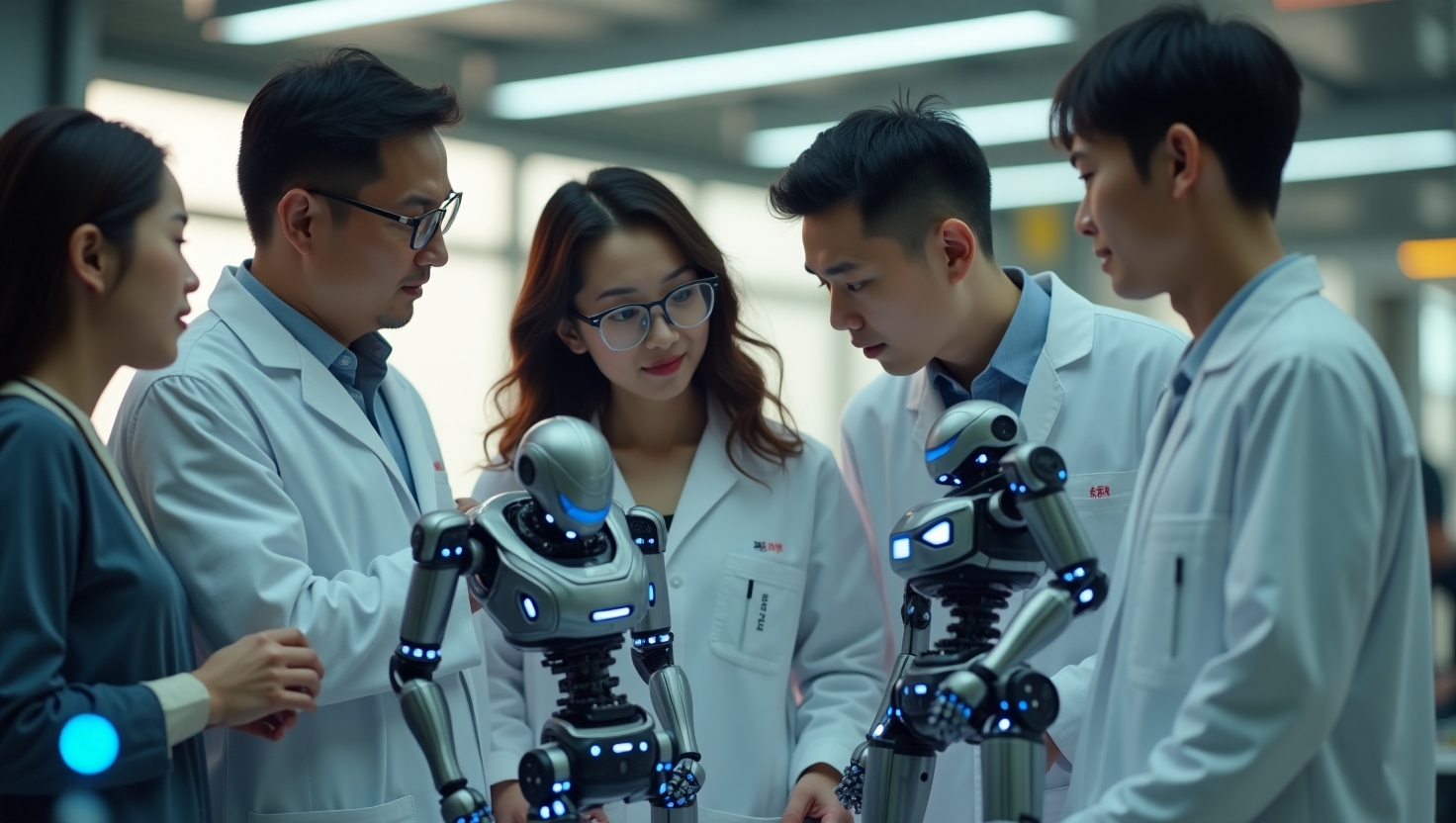Robotics Development: Tesla’s Setbacks, Global Competition, and the Future of Automation
Introduction: The Robotics Revolution Hits Snags
Tesla aimed to deploy 10,000 Optimus robots internally by Q4 2025 but scrapped those plans in summer, marking a major setback in robotics development. This failure highlights broader challenges in the field, where robotics development promises to revolutionize over 60 industries, from manufacturing to healthcare. China now dominates with 66% of global robotics patents in 2024, fueling its rise CleanTechnica. This article explores why key players like Tesla stumble, and how emerging trends in robotics development will shape automation’s future.
The State of Robotics Development: Key Players and Goals
Tesla envisions Optimus handling internal tasks like assembly lines, but delays have shifted focus to commercial viability. China leads robotics development through institutional support, boasting a vast patent portfolio from companies like CRRC, UBTECH, and Huawei. These players differentiate between service robots for daily aid and industrial automation for efficiency.
Market dynamics in robotics development show service robots growing in elderly care, while industrial ones target precision manufacturing. US firms like Boston Dynamics emphasize agility, but China’s scale gives it an edge. For more on global players, check Australia’s Robotics Australia network Robotics Australia.
Current Robotics Development Trends Shaping 2025
Patent wars heat up robotics development, with China filing over 300% more patents since 2020. The US and EU respond by integrating AI, as seen in Boston Dynamics’ Spot robot for versatile tasks. This trend accelerates innovation but widens gaps between leaders and laggards.
Talent and funding shifts drive robotics development forward, with bootcamps surging and VC pouring into humanoids. Tesla’s pivot from internal deployment stems from cost and scaling hurdles CleanTechnica. Investors eye these changes for high returns in automation.
- Key Funding Areas: Humanoid prototypes, AI software, and supply chain tech.
- Talent Hotspots: US Silicon Valley and China’s Shenzhen hubs.
Insights: Why Optimus Missed Targets and China’s Strategic Edge
Scaling challenges plague robotics development, especially in humanoid designs like Optimus. Thermodynamics issues cause battery drain in joints, limiting real-world use. Software bottlenecks hinder real-time decisions in unstructured environments, contributing to Tesla’s missed targets.
China’s patent advantage stems from ¥10B yearly government R&D subsidies and a strong talent pipeline from universities like Tsinghua. These efforts yield application-specific patents for elderly care and manufacturing robots. This strategic edge positions China to lead robotics development globally.
- Scaling Hurdles: Power efficiency, material durability, and integration costs.
- China’s Strengths: Subsidized innovation and rapid prototyping.
Future Forecast: Robotics Development From 2026–2030
Hardware democratization will make robotics development accessible, with consumer robots hitting $500–$1,000 price points by 2027. Modular designs, inspired by RepRap, enable custom manufacturing at scale. This shift democratizes automation for small businesses.
Value in robotics development will pivot to data services and enterprise APIs, with Optimus potentially representing 80% of Tesla’s value as predicted. Regulatory frameworks for autonomous ethics will emerge to guide deployment. These changes promise ethical, efficient systems by 2030.
Geopolitical dynamics will influence robotics development, as the US-China tech divide limits exports but sparks innovation. Expect cycles of breakthroughs in both regions. For Australian perspectives, explore CSIRO’s robotics research CSIRO Robotics.
Action Plan: How Your Business Can Adapt
Subscribe to our Robotics Development Tracker for monthly patent analysis, ETAs on humanoid milestones, and investor-grade risk dashboards. This resource keeps you ahead in robotics development trends. Join now to navigate the automation landscape effectively.
Join the Robotics Leadership Forum for exclusive Q&A with Tsinghua robotics lab leads and former Tesla engineers. Gain insights into global strategies and local applications. Where will robots boost productivity in your industry by 2028? Act today to prepare.
